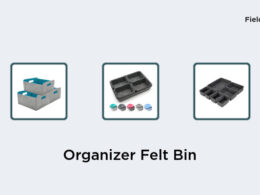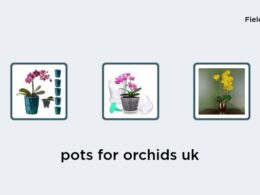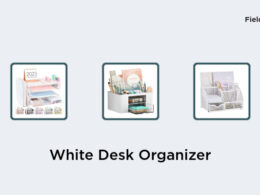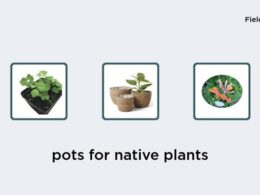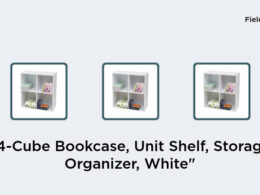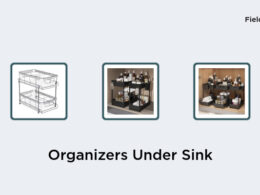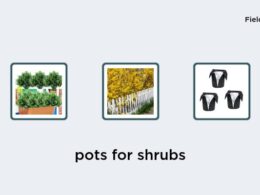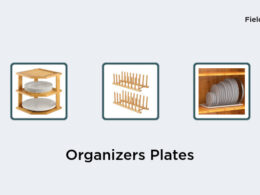If you’re looking for the most efficient hydroponic method, then aeroponic systems are the way to go. Here are some reasons why:
Aeroponic systems use 95% less water than conventional gardening and 20% less water than other hydroponic systems. This is because the fine misting provides a more precise application of water and nutrients.
Aeroponic systems are easier to maintain and clean. Since the roots are suspended in a misting chamber, cleaning is much simpler compared to other hydroponic systems with large tubs of water.
Aeroponic systems allow for faster growth rates and higher yields. Since the roots are exposed to more oxygen, they grow faster and healthier than in other hydroponic systems.
Aeroponic systems are also more sustainable. With less water usage and higher yields, you can reduce your carbon footprint and become more eco-friendly.
Overall, if you’re looking for a hydroponic method that’s efficient, easy to maintain, sustainable, and provides high yields, an aeroponic system is definitely worth considering.








